
Paide: The Heart of Estonia
Discover Paide, the heart of Estonia, where medieval history meets natural beauty. Explore castles, nature reserves, and charming townscapes in this hidden gem.
Welcome to Paide, a charming town imbued with historical significance and natural beauty. Located in the heart of Estonia, Paide is often referred to as the 'Pearl of Järvamaa'. The town's history dates back to the 13th century, and it boasts a rich cultural heritage that is evident in its well-preserved architecture and landmarks. A must-visit is the Paide Castle, a medieval fortress that offers stunning views of the surrounding landscape. The castle's tower has been transformed into a museum, where you can learn about the town's storied past. For nature enthusiasts, the nearby Endla Nature Reserve presents an opportunity to explore Estonia's diverse flora and fauna. The town center is dotted with quaint cafes and shops, providing a perfect setting for a leisurely stroll. Don’t miss the chance to visit the Paide Church, an architectural gem with its striking facade and beautiful interior. Paide also hosts several cultural events throughout the year, including the popular Paide Medieval Days, which transports visitors back in time with reenactments, traditional crafts, and performances.
Local tips in Paide
- Visit the Paide Castle early in the morning to avoid crowds.
- Bring comfortable walking shoes for exploring the Endla Nature Reserve.
- Check the local event calendar for festivals and cultural events.
- Try the local cuisine at the town's traditional Estonian restaurants.
- Consider renting a bicycle to explore the town and its surroundings.
Paide: The Heart of Estonia
Welcome to Paide, a charming town imbued with historical significance and natural beauty. Located in the heart of Estonia, Paide is often referred to as the 'Pearl of Järvamaa'. The town's history dates back to the 13th century, and it boasts a rich cultural heritage that is evident in its well-preserved architecture and landmarks. A must-visit is the Paide Castle, a medieval fortress that offers stunning views of the surrounding landscape. The castle's tower has been transformed into a museum, where you can learn about the town's storied past. For nature enthusiasts, the nearby Endla Nature Reserve presents an opportunity to explore Estonia's diverse flora and fauna. The town center is dotted with quaint cafes and shops, providing a perfect setting for a leisurely stroll. Don’t miss the chance to visit the Paide Church, an architectural gem with its striking facade and beautiful interior. Paide also hosts several cultural events throughout the year, including the popular Paide Medieval Days, which transports visitors back in time with reenactments, traditional crafts, and performances.
When is the best time to go to Paide?
Iconic landmarks you can’t miss
Paide Cultural Center
Experience the vibrant arts and culture of Estonia at the Paide Cultural Center, where creativity and community come together.
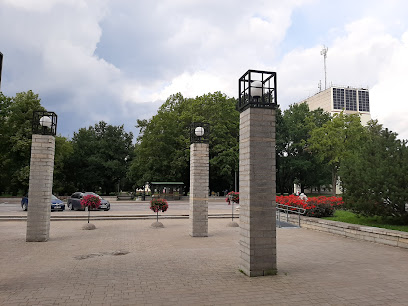
Paide ordulinnuse varemed ja Vallitorn
Experience the rich medieval history and stunning vistas at the Paide Ordulinnuse ruins and Vallitorn in Estonia's picturesque Järva County.
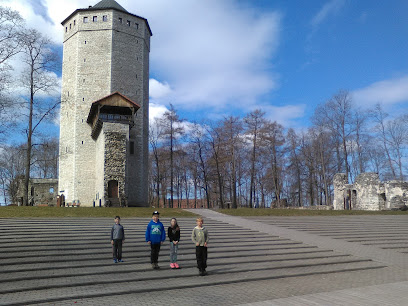
SA Ajakeskus Wittenstein
Explore Estonia’s rich heritage at SA Ajakeskus Wittenstein, a captivating museum in Paide that brings history to life through interactive exhibits.
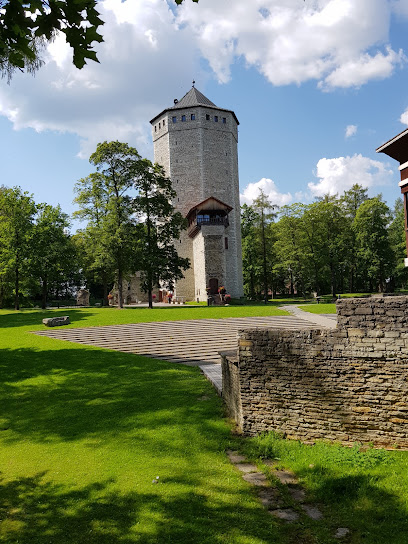
Wittensteini Tegevusmuuseum
Explore the rich cultural heritage of Järva County at Wittensteini Tegevusmuuseum, where history comes alive through engaging exhibits and interactive displays.
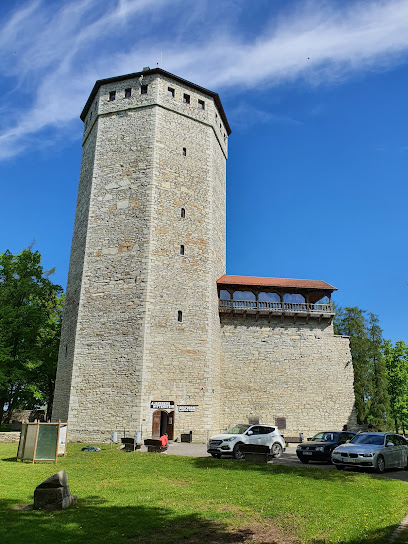
PAIDE TEATER
Discover the vibrant world of Estonian theater at Paide Teater, where culture and creativity come to life in every performance.
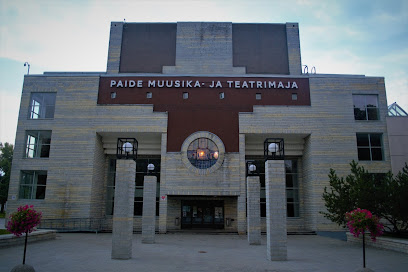
Järvamaa Museum
Explore the captivating history and culture of Järva County at Järvamaa Museum, a must-visit destination for every tourist in Estonia.
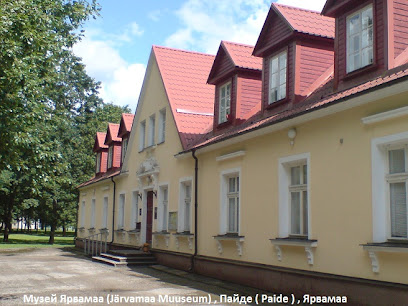
Arvo Pärt muusikaaed
Experience the harmony of nature and music at the Arvo Pärt Music Garden in Paide, a serene city park dedicated to the renowned Estonian composer.
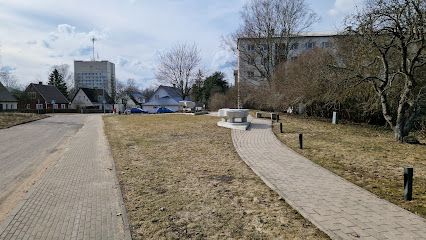
Paide Castle
Discover the enchanting Paide Castle, a well-preserved medieval fortress in Estonia, surrounded by stunning landscapes and rich history.
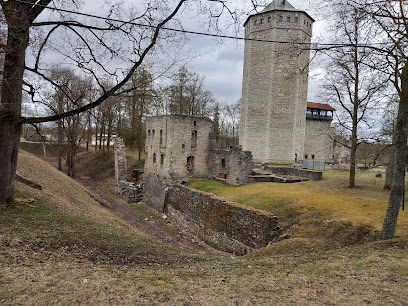
Wittensteini põgenemistuba
Discover the thrill of mystery and teamwork at Wittensteini Escape Room in Paide, where every puzzle is a new adventure waiting to be solved.
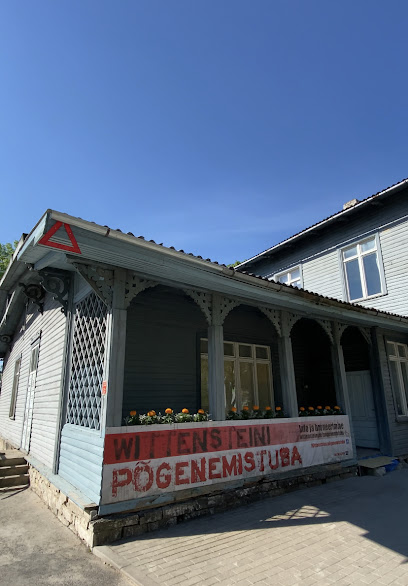
Paide Raekoda
Explore the stunning Gothic architecture and rich history of Paide Raekoda, a must-visit landmark in the heart of Estonia's charming town of Paide.
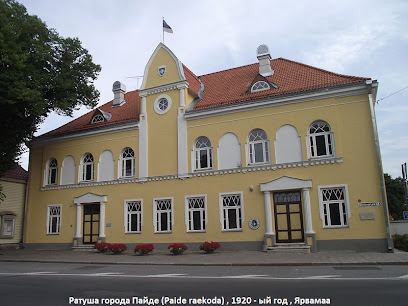
Paide kirikumõisa pastoraat
Explore Paide Kirikumõisa Pastoraat, a serene historical site in Estonia, offering rich cultural insights and beautiful architecture amidst lush landscapes.
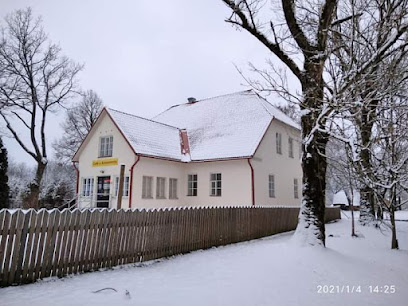
Paide Rescue
Experience the dedication of local emergency services at Paide Rescue, a symbol of community safety in Järva County, Estonia.
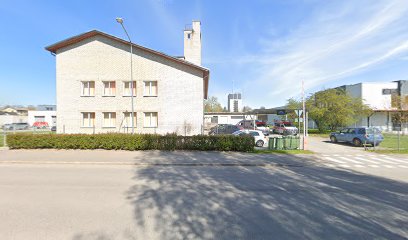
Jüriöö ülestõusu mälestuskivi
Explore the Jüriöö Ülestõusu Mälestuskivi, a historical landmark in Paide that celebrates Estonia's fight for independence amidst stunning natural landscapes.
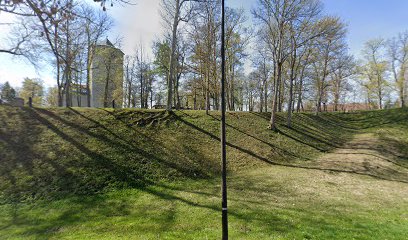
Unmissable attractions to see
Viking Village
Experience the rich history and vibrant culture of the Viking era at Viking Village in Harju County, Estonia, where adventure awaits!
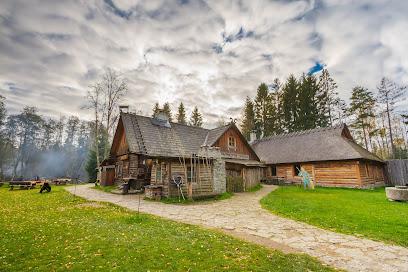
Kakerdaja raba matkarada
Discover the serene beauty of Kakerdaja Raba Matkarada, a hiker's paradise in Järva County, Estonia, perfect for families and nature lovers.
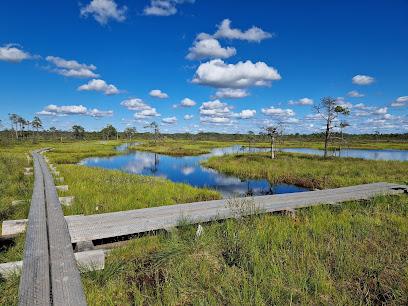
SA Ajakeskus Wittenstein
Explore the interactive exhibits and rich history at SA Ajakeskus Wittenstein, a must-see museum in Paide, Estonia for all curious travelers.
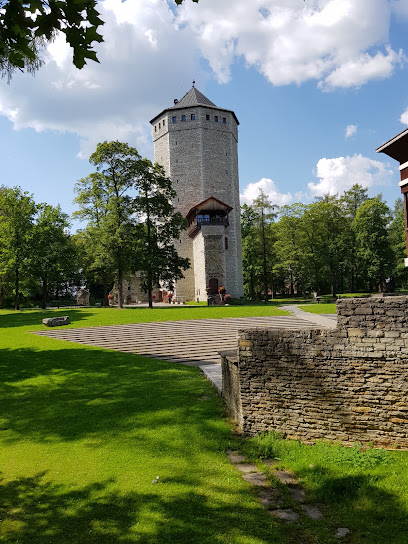
Lembitu Park
Explore Lembitu Park in Paide, Estonia - a serene green space perfect for relaxation, outdoor activities, and cultural experiences.
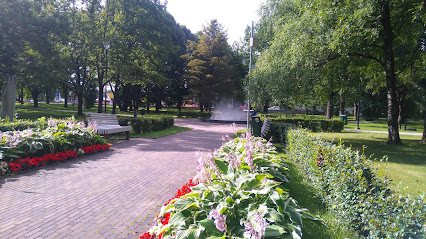
Estonian Broadcasting Museum
Explore Estonia's media heritage at the Estonian Broadcasting Museum, showcasing the evolution of radio and television through engaging exhibits.
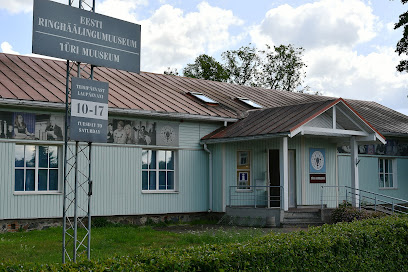
Paide Church
Discover the architectural wonder and serene atmosphere of Paide Church, a historical gem in the heart of Järva County, Estonia.
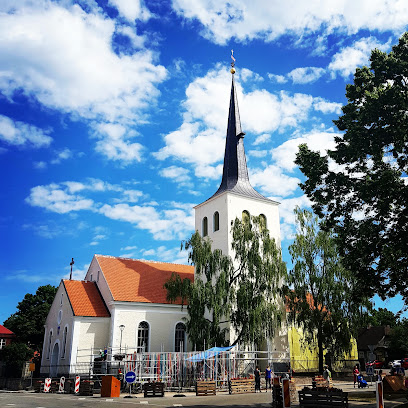
Aruküla Manor
Discover the majestic Aruküla Manor in Järva County, a historical gem surrounded by nature that offers a glimpse into Estonia's rich heritage.
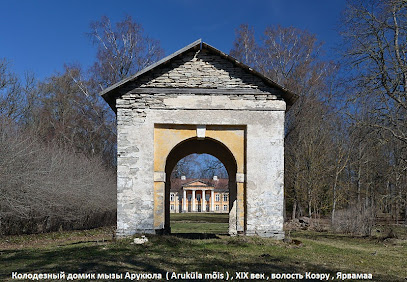
Sargvere Manor
Discover the historical charm of Sargvere Manor in Järva County, Estonia, where exquisite architecture meets serene natural beauty.
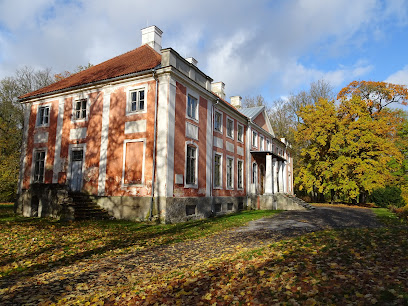
Türi Museum
Discover the rich cultural tapestry of Türi at the Türi Museum, where local history and tradition come alive through engaging exhibits.
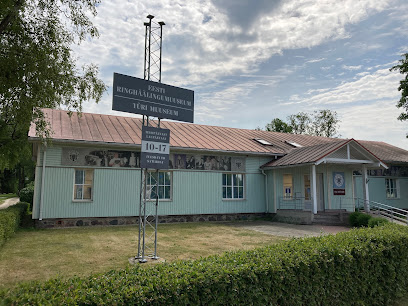
Järvamaa Museum
Explore the captivating history and vibrant culture of Järva County at Järvamaa Museum, a must-visit destination in Paide.
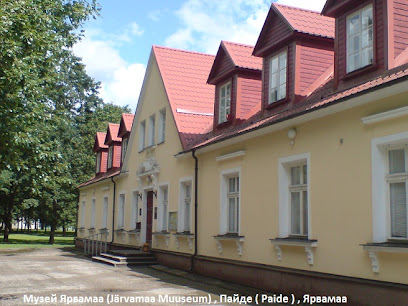
Väätsa mõis
Uncover the rich history and breathtaking beauty of Väätsa Manor in Järva County, Estonia, a must-visit destination for culture and nature lovers.
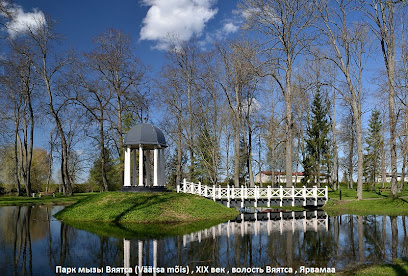
Arvo Pärt muusikaaed
Experience tranquility and cultural reflection in Arvo Pärt Muusikaaed, a city park dedicated to the renowned Estonian composer amidst nature's beauty.
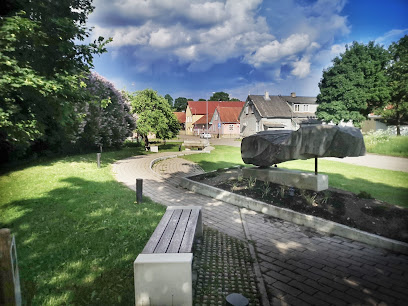
Tori mõis
Explore Tori Manor, a historic gem in Estonia, offering scenic beauty, cultural experiences, and cozy cabin rentals in Järva County.
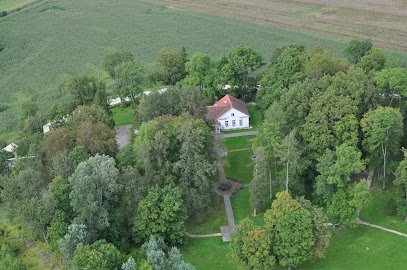
Paide keskväljak
Discover the vibrant atmosphere of Keskväljak Park in Paide, a perfect blend of nature and local culture in the heart of Järva County.
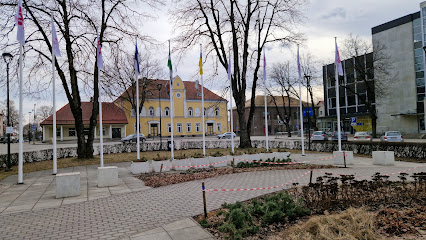
Memento
Explore Memento, a serene memorial park in Paide, Järva County, where history and nature intertwine for a reflective experience.
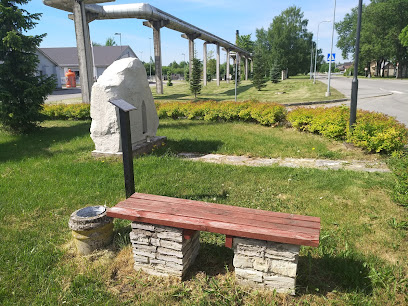
Essential places to dine
Kreisi Trahter
Discover Kreisi Trahter in Paide – where traditional Estonian flavors meet modern culinary artistry in a charming setting.
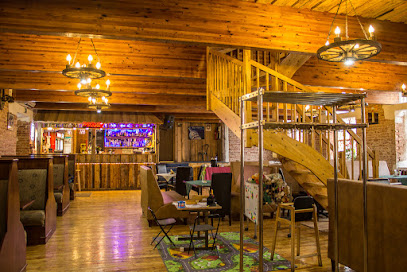
Mäeküla Pizzakiosk
Discover delicious pizzas and fast food delights at Mäeküla Pizzakiosk in Järva County – perfect for travelers seeking local flavor.
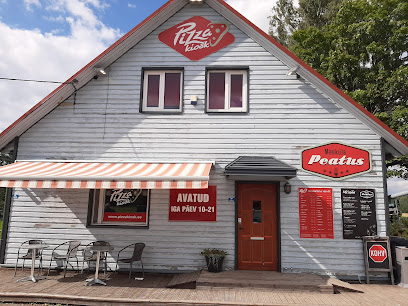
Põhjaka mõis
Experience exquisite Estonian cuisine in a charming manor setting at Põhjaka Mõis - where tradition meets modernity.
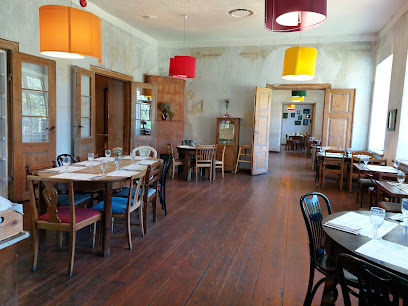
Hesburger
Discover delicious fast food at Hesburger in Paide - where taste meets convenience during your travels in Estonia!

Paide Rimi mini
Explore Paide Rimi Mini: Your go-to grocery store and pizza takeaway in Järva County offering local delights and convenience.
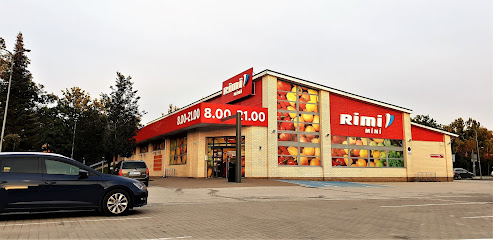
Mäeküla kõrts
Discover the flavors of Estonia at Mäeküla kõrts - where local ingredients meet warm hospitality in Järva County.
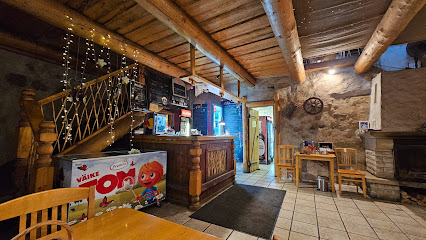
Kohvik Uskumatu
Experience the best of Estonian cuisine at Kohvik Uskumatu in Paide - affordable dining with local flavors.
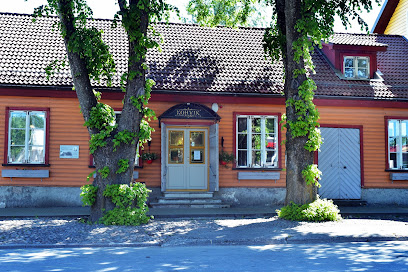
Paide Pizzakiosk
Experience the best of Estonian cuisine at Paide Pizzakiosk - where delicious pizzas meet local charm in the heart of Järva County.
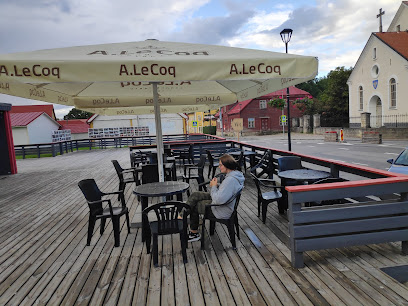
Mäo Sämmi Grill
Discover the flavors of Estonia at Mäo Sämmi Grill - where traditional grilling meets modern culinary artistry.

Italiano Pasta & Pizza
Discover authentic Italian flavors at Italiano Pasta & Pizza in Järva County - where every bite feels like a trip to Italy!
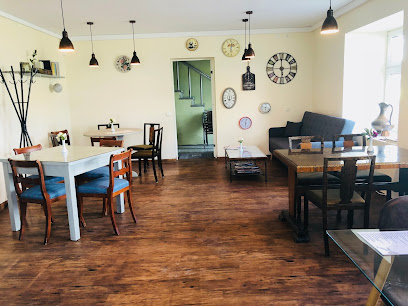
Kohvik-Resto Ajatu
Discover Kohvik-Resto Ajatu: A delightful restaurant in Türi offering delicious local cuisine and cozy ambiance perfect for every traveler.
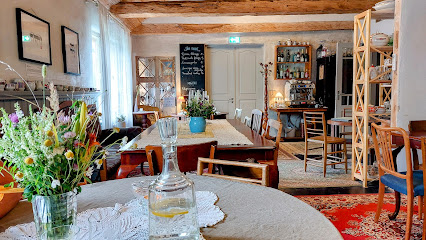
Koeru Turismikeskus OÜ
Experience authentic Estonian cuisine at Koeru Turismikeskus OÜ – where local flavors meet warm hospitality.
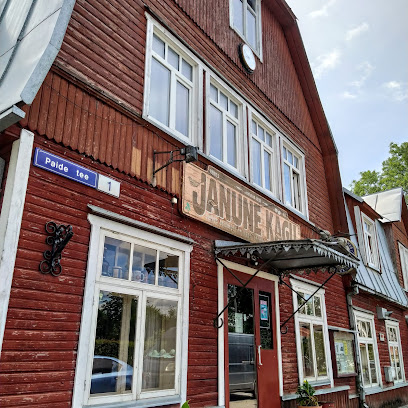
Paide Bed&Breakfast
Discover comfort at Paide Bed&Breakfast with delightful dining options amidst Estonia's scenic charm.
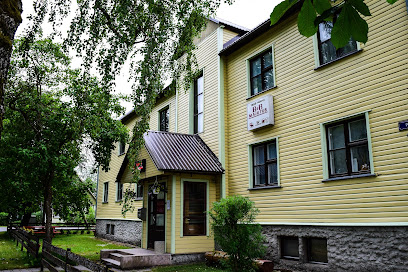
Käru kõrts
Experience authentic Estonian cuisine at Käru Kõrts in Järva County—where local flavors meet rustic charm.
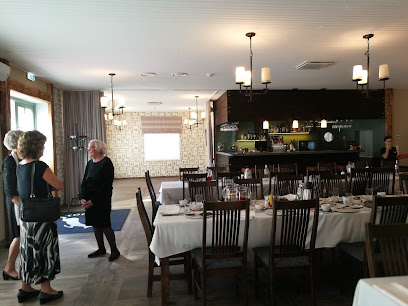
SushiMushi Paide
Experience authentic sushi at SushiMushi Paide – where tradition meets innovation in every delicious bite.
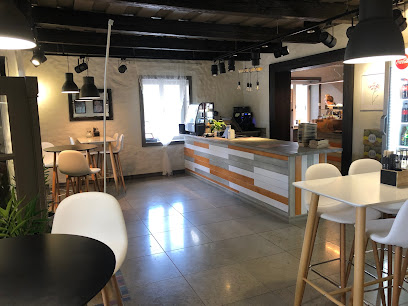
Markets, malls and hidden boutiques
Paide Selver
Experience local shopping at Paide Selver, the premier supermarket in Paide, offering fresh produce and Estonian specialties for every taste.
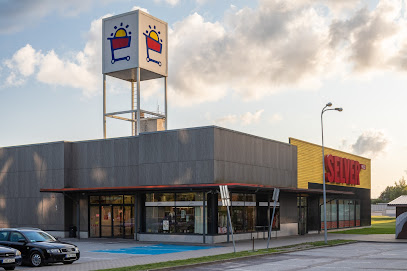
Paide Konsum
Discover authentic Estonian flavors at Paide Konsum, a local store that embodies the spirit of Paide with quality products and friendly service.
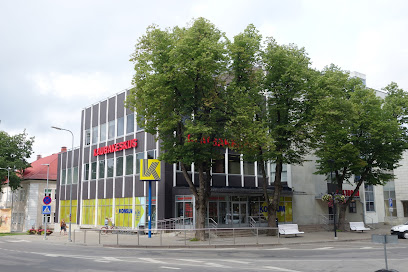
Maxima X
Discover a wide variety of products at Maxima X in Paide, from fresh produce to household essentials, perfect for all your shopping needs.

Realiseerimiskeskus
Discover unbeatable prices and local treasures at Realiseerimiskeskus in Paide, your ultimate discount shopping destination.
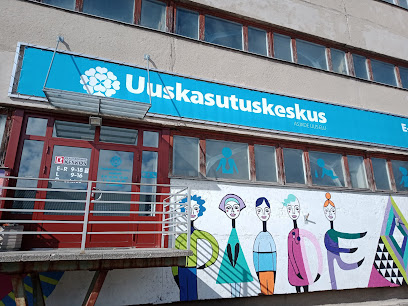
Paide Uuskasutuskeskus
Explore Paide Uuskasutuskeskus, a second-hand store treasure trove in Estonia, offering unique finds and supporting sustainable shopping.
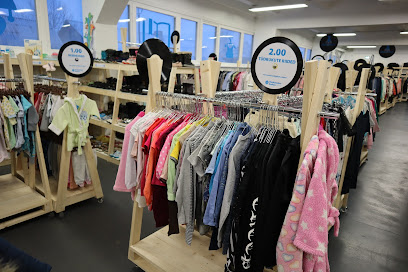
Paide Kaubakeskus
Discover a vibrant shopping experience at Paide Kaubakeskus, where local culture meets modern retail in the heart of Paide.
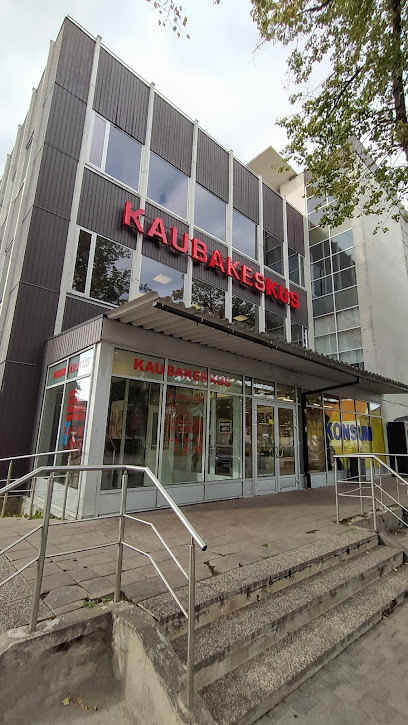
MEIE TOIDUKAUBAD kauplus
Explore the local taste of Estonia at MEIE TOIDUKAUBAD, a charming grocery store in Paide offering fresh produce and unique culinary delights.
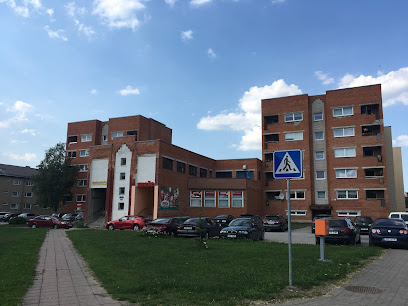
VAAROS Ltd.
VAAROS Ltd. in Paide: Your ultimate destination for office supplies, tools, and home improvement essentials.
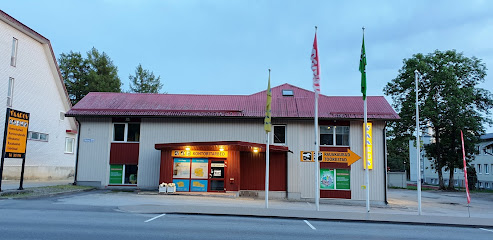
Baltic Bolt OÜ Paid
Explore Baltic Bolt OÜ in Paide: Your one-stop hardware shop for all DIY needs and home improvement projects during your Estonian adventure.

Paide courthouse
Discover Paide Courthouse, a stunning architectural landmark blending modern design with rich Estonian history in the heart of Paide.
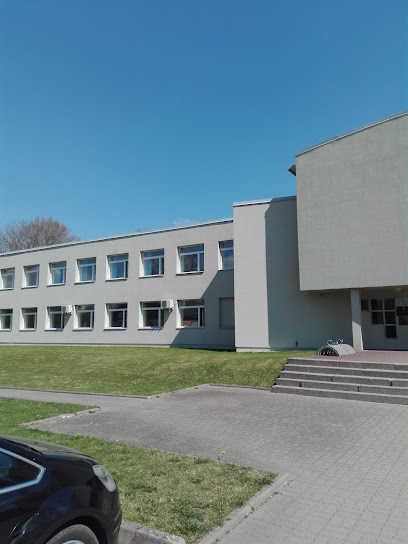
Aida OÜ
Explore the local flavors of Estonia at Aida OÜ, a delightful grocery store in Paide offering fresh produce and regional delicacies.
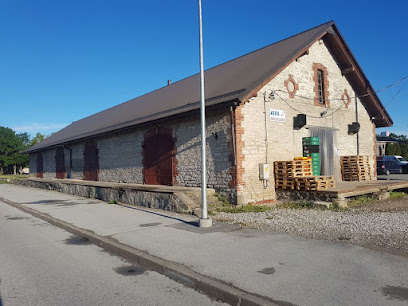
Rüütli Käsitöökoda OÜ
Explore Rüütli Käsitöökoda OÜ in Paide for unique Estonian crafts, handmade treasures, and an authentic cultural experience.
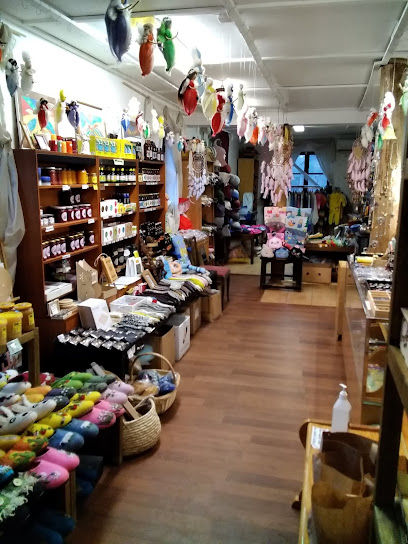
Marina Kirbuturg
Explore Marina Kirbuturg in Paide for unique clothing selections and a delightful shopping experience in the heart of Estonia.
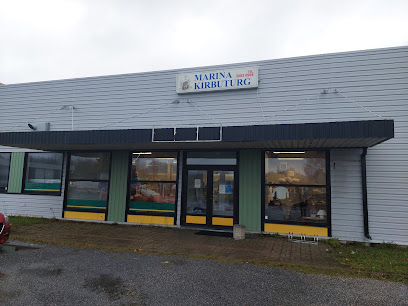
Unestiil OÜ
Explore the finest bedding selection at Unestiil OÜ in Paide, Estonia, where comfort meets quality craftsmanship.
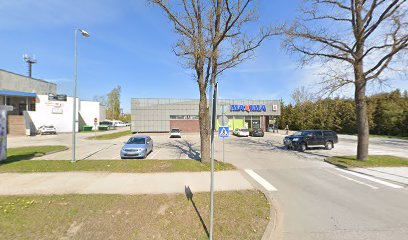
Mänguasjapood Pöialpoiss - Paide
Explore a magical world of toys at Mänguasjapood Pöialpoiss in Paide, where every visit brings delight for children and nostalgia for adults.
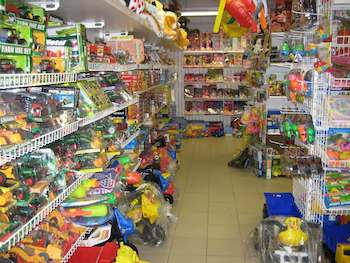
Essential bars & hidden hideouts
Paide MaksiMarket
Discover local flavors and vibrant shopping at Paide MaksiMarket, the heart of Paide's culinary scene.
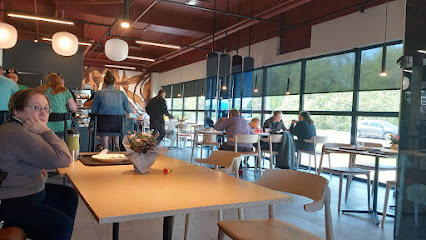
Kreisi Trahter
Discover the essence of Estonian cuisine at Kreisi Trahter, a beloved restaurant and event venue in the heart of Paide, Järva County.
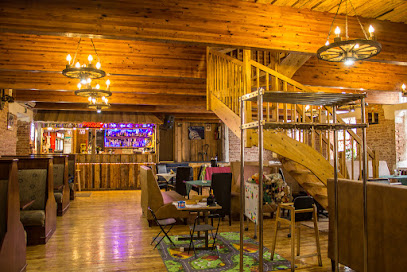
Paide Rimi mini
Explore Paide's Rimi Mini for fresh groceries and delicious pizza takeaway in the heart of Järva County.
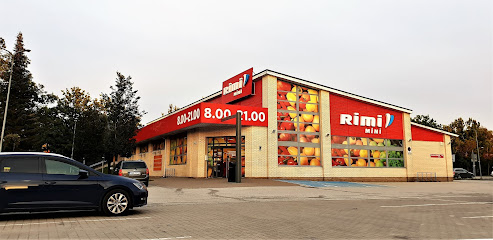
Mäeküla kõrts
Discover the authentic flavors of Estonia at Mäeküla Kõrts, where rustic charm meets delicious local cuisine in Järva County.
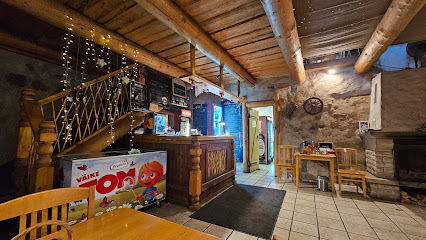
Imavere Tavern
Discover the charm of Imavere Tavern in Järvamaa, where delightful local flavors meet a warm and inviting atmosphere.
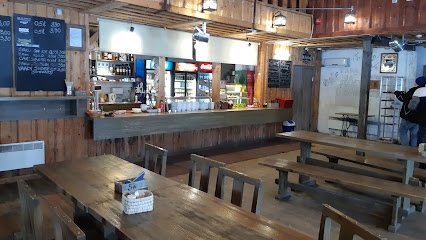
Kohvik Uskumatu
Discover the essence of Estonian cuisine at Kohvik Uskumatu in Paide, where delicious flavors meet a cozy atmosphere.
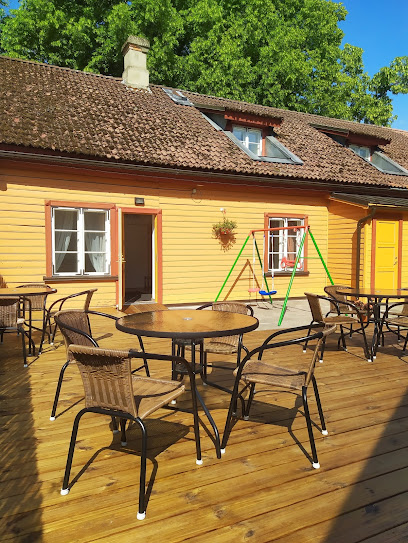
Pub Count Dracula
Discover the gothic charm of Pub Count Dracula in Türi, offering a unique atmosphere, delicious drinks, and hearty meals in a welcoming setting.
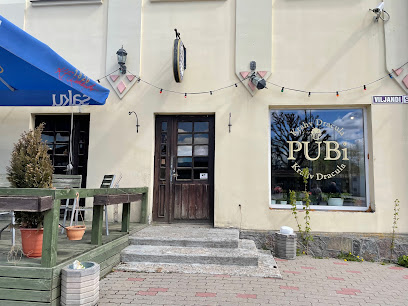
Mäo Sämmi Grill
Experience the authentic flavors of Estonia at Mäo Sämmi Grill, a delightful restaurant in Järva County that offers a warm atmosphere and delicious local cuisine.
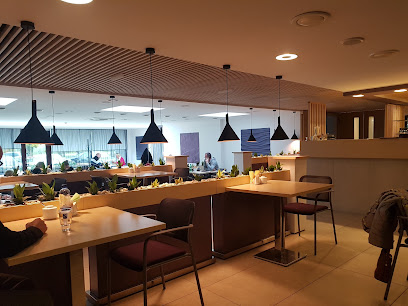
Treegeri Kohviku OÜ
Discover the warm ambiance and delightful flavors at Treegeri Kohviku, the perfect cafe retreat in Paide, Järva County.
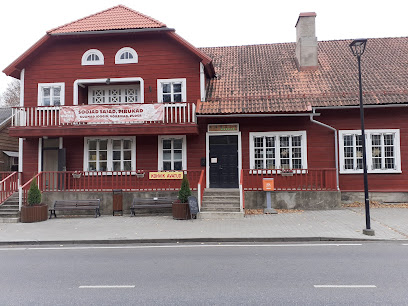
Paide Bed&Breakfast
Discover the perfect retreat at Paide Bed&Breakfast, where comfort meets local charm in the heart of Estonia.
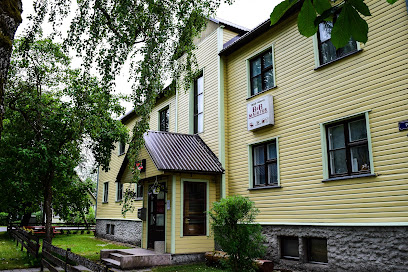
Wabakohvik
Experience the warmth and flavors of Estonia at Wabakohvik, a beloved café in the heart of Paide, perfect for a cozy retreat.
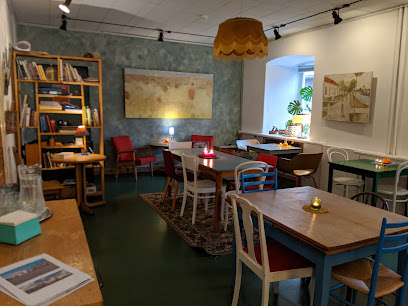
Kohvik
Discover the charm of Kohvik, a cozy coffee shop in Järva County, perfect for savoring delightful brews and homemade treats.
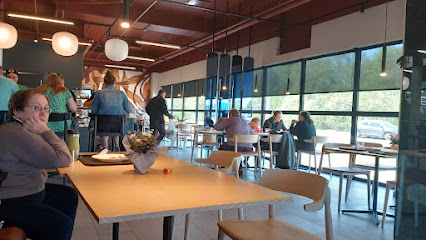
Mõisa Baar
Experience the local charm and vibrant nightlife at Mõisa Baar, a hidden gem in Järva County, Estonia, where every visit feels like a celebration.
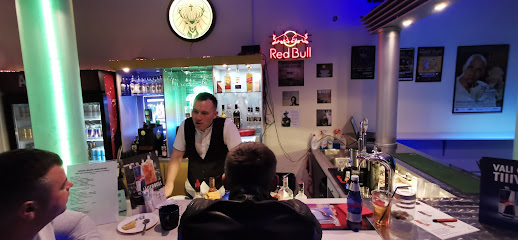
Ööklubi Ekvaator
Discover the vibrant nightlife of Ööklubi Ekvaator in Paide, where energetic beats and lively crowds create unforgettable nights.
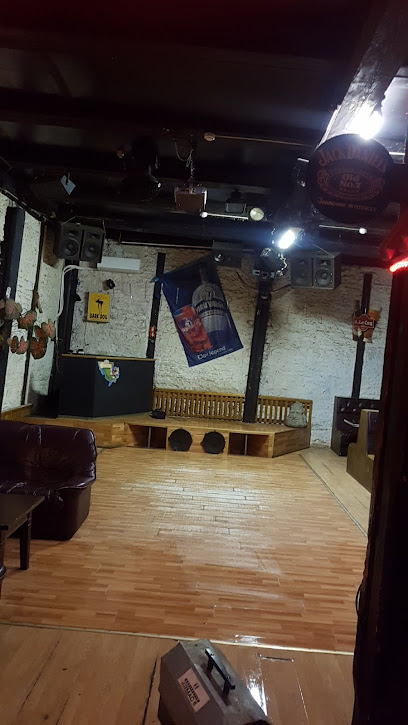
Paide Poke kohvik
Experience the fresh flavors of Paide Poke Kohvik, a vibrant cafeteria in Estonia serving delicious and customizable poke bowls amidst a warm and welcoming atmosphere.

Local Phrases
-
- HelloTere
[Teh-reh] - GoodbyeHead aega
[Heh-ad ah-eh-gah] - YesJah
[Yah] - NoEi
[Ay] - Please/You're welcomePalun
[Pah-lun] - Thank youAitäh
[Eye-tah] - Excuse me/SorryVabandust
[Vah-bahn-doost] - How are you?Kuidas sul läheb?
[Kwee-dahs sool leh-heb] - Fine. And you?Hästi. Ja sina?
[Hah-stee. Yah see-nah] - Do you speak English?Kas sa räägid inglise keelt?
[Kahs sah rah-ee-geed eeng-lee-seh kehlt] - I don't understandMa ei saa aru
[Mah ay sah ah-roo]
- HelloTere
-
- I'd like to see the menu, pleaseMa sooviksin menüüd näha, palun
[Mah soh-veek-seen meh-nooood nah-ha, pah-lun] - I don't eat meatMa ei söö liha
[Mah ay suh leeh-hah] - Cheers!Terviseks!
[Tehr-vee-seks] - I would like to pay, pleaseMa sooviksin maksta, palun
[Mah soh-veek-seen mahk-stah, pah-lun]
- I'd like to see the menu, pleaseMa sooviksin menüüd näha, palun
-
- Help!Appi!
[Ah-pee] - Go away!Mine minema!
[Mee-neh mee-neh-mah] - Call the Police!Kutsuge politsei!
[Koot-soo-geh poh-lee-tseh] - Call a doctor!Kutsuge arst!
[Koot-soo-geh ah-rst] - I'm lostMa olen eksinud
[Mah oh-lehn ehk-see-nood] - I'm illMa olen haige
[Mah oh-lehn hah-ee-geh]
- Help!Appi!
-
- I'd like to buy...Ma tahaksin osta...
[Mah tah-hahk-seen oh-stah...] - I'm just lookingMa lihtsalt vaatan
[Mah leekh-tsalt vah-tahn] - How much is it?Kui palju see maksab?
[Kwee palyoo seh mahks-ahb] - That's too expensiveSee on liiga kallis
[Seh ohn leeh-gah kah-lees] - Can you lower the price?Kas te saaksite hinda alandada?
[Kahs teh sah-keet-seh hin-dah ah-lahn-dah-dah]
- I'd like to buy...Ma tahaksin osta...
-
- What time is it?Mis kell on?
[Mees kehl ohn] - It's one o'clockOn üks
[Ohn uks] - Half past (10)Pool (10) üksa
[Pohl (10) uks-ah] - MorningHommik
[Hohm-meek] - AfternoonPärastlõuna
[Pah-rahst-luh-nah] - EveningÕhtu
[Uht-too] - YesterdayEile
[Ay-leh] - TodayTäna
[Tah-nah] - TomorrowHomme
[Hohm-meh] - 1Üks
[Uks] - 2Kaks
[Kahks] - 3Kolm
[Kohlm] - 4Neli
[Neh-lee] - 5Viis
[Veese] - 6Kuus
[Koos] - 7Seitse
[Sayt-seh] - 8Kaheksa
[Kah-hek-sah] - 9Üheksa
[Oo-hek-sah] - 10Kümme
[Koom-meh]
- What time is it?Mis kell on?
-
- Where's a/the...?Kus on...?
[Koos ohn] - What's the address?Mis on aadress?
[Mees ohn ah-ah-dress] - Can you show me (on the map)?Kas te saaksite mulle näidata (kaardil)?
[Kahs teh sah-keet-seh mool-leh nah-ee-tah (kahrd-eel)] - When's the next (bus)?Millal on järgmine (buss)?
[Meel-lahl ohn yairg-mee-neh (boos)] - A ticket (to ....)Pilet (....-sse)
[Pee-leht (...-seh)]
- Where's a/the...?Kus on...?
History of Paide
-
Paide, also known as Weißenstein in German, was founded in the 13th century during the Northern Crusades. The town's strategic location in central Estonia made it a vital point for the Livonian Order, a branch of the Teutonic Knights, who built the Paide Castle in 1265. The castle served as a defensive structure and a symbol of the Order's power in the region.
-
During the Livonian War (1558-1583), Paide became a contested site due to its strategic importance. The town and its castle were besieged and captured multiple times by various factions, including the Russians and the Polish-Lithuanian Commonwealth. The war significantly impacted Paide, leading to periods of destruction and rebuilding.
-
After the end of the Livonian War, Paide fell under Swedish rule. The town began to recover and rebuild, with the Swedish administration focusing on fortifying and modernizing the Paide Castle. This period also saw the establishment of new administrative structures and the introduction of Lutheranism as the main religion.
-
The Great Northern War (1700-1721) brought further turmoil to Paide. The town was once again a battleground, this time between the Swedish Empire and the Russian Tsardom. The war led to significant destruction, with the Paide Castle being heavily damaged. By the end of the war, Paide came under Russian control as part of the Treaty of Nystad in 1721.
-
The 19th century was a period of transformation for Paide, as it began to modernize under Russian rule. The town saw the establishment of new schools, administrative buildings, and infrastructure improvements. The period also marked the rise of Estonian national consciousness, with Paide playing a role in the cultural and educational movements that aimed to promote Estonian identity.
-
Paide, like the rest of Estonia, experienced significant changes in the 20th century. Following the declaration of Estonian independence in 1918, Paide became part of the newly established Republic of Estonia. The interwar period saw further modernization and development. However, this was interrupted by the Soviet occupation during World War II, followed by the Nazi occupation, and then reoccupation by Soviet forces in 1944.
-
During the Soviet era (1944-1991), Paide underwent industrialization and urbanization. The town's historical architecture was preserved amidst the construction of new residential and industrial areas. The Singing Revolution of the late 1980s was a pivotal moment, leading to Estonia's restoration of independence in 1991. Paide once again became part of an independent Estonia, embarking on a path of democratic governance and economic development.
-
In the 21st century, Paide has embraced its historical heritage while modernizing its infrastructure and economy. The town has become a cultural hub, hosting events such as the Paide Opinion Festival. Efforts have been made to preserve and restore historical sites, including the Paide Castle, which now serves as a museum and cultural venue. Paide continues to be a vibrant blend of history and modernity, reflecting the resilience and spirit of its people.
Paide Essentials
-
Paide is centrally located in Estonia, making it easily accessible from major cities like Tallinn and Tartu. The nearest major airport is Lennart Meri Tallinn Airport, approximately 90 kilometers away. From Tallinn, you can take a bus to Paide, which takes around 1.5 to 2 hours. Alternatively, you can rent a car and drive, which offers the flexibility to explore the surrounding countryside at your own pace.
-
Paide is a small town, and most attractions are within walking distance. Local buses and taxis are available for getting around town. If you plan to explore the surrounding areas, renting a car is a convenient option. Bicycles are also available for rent, providing a pleasant way to explore the town and its scenic surroundings.
-
The official currency in Estonia is the Euro (EUR). Credit and debit cards are widely accepted in Paide, including in restaurants, shops, and hotels. However, it's advisable to carry some cash for use in smaller establishments and markets. ATMs are available around the town for easy cash withdrawal.
-
Paide is generally a safe town for tourists. However, it is always wise to take standard precautions such as not leaving belongings unattended and being cautious in crowded places. There are no specific high-crime areas targeting tourists, but like in any other place, stay vigilant and aware of your surroundings, especially at night.
-
In case of an emergency, dial 112 for immediate assistance. The local police station and medical facilities are available in Paide. It is recommended to have travel insurance that covers medical emergencies. Pharmacies are available in town for over-the-counter medications.
-
Fashion: Do dress comfortably and appropriately for the weather. Casual wear is generally acceptable, but avoid overly revealing clothing, especially in religious or historical sites. Religion: Do respect local customs and traditions when visiting churches or religious sites. Public Transport: Do validate your ticket when using public transport. Don't eat or drink on public transport. Greetings: Do greet people with a friendly 'Tere' (hello). Handshakes are common in formal settings. Eating & Drinking: Do try the local cuisine, including traditional Estonian dishes like black bread and kama. Don't refuse invitations to share a meal, as it is considered polite to accept.
-
To experience Paide like a local, visit the local markets and small cafes where you can interact with residents. Participate in the town's festivals and events, such as the Paide Medieval Days, to get a sense of the local culture and history. Don't miss the Paide Castle and the Wittenstein Time Center for a unique historical experience. For outdoor enthusiasts, the nearby forests and lakes offer excellent hiking and nature-watching opportunities.
Trending Landmark in Paide
Nearby Cities to Paide
-
Things To Do in Rapla
-
Things To Do in Viljandi
-
Things To Do in Rakvere
-
Things To Do in Tallinn
-
Things To Do in Pärnu
-
Things To Do in Tartu
-
Things To Do in Haapsalu
-
Things To Do in Jõhvi
-
Things To Do in Valga
-
Things To Do in Võru
-
Things To Do in Helsinki
-
Things To Do in Espoo
-
Things To Do in Kärdla
-
Things To Do in Porvoo
-
Things To Do in Cesis







